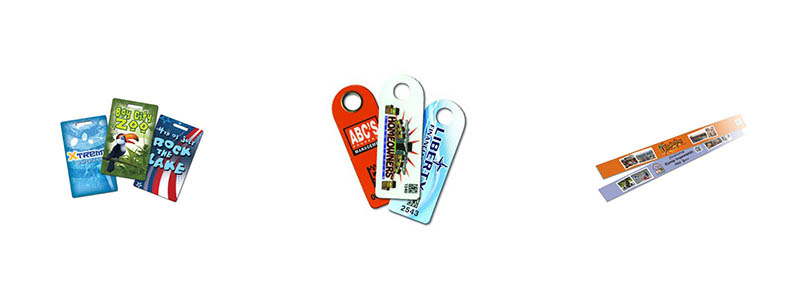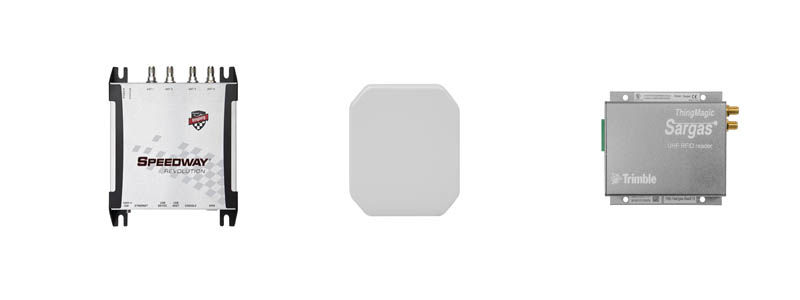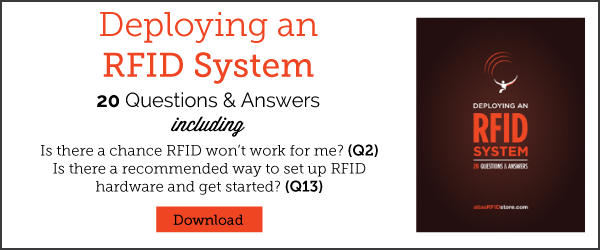Product Diversion: How to Protect Your Brand with RFID
Introduction
When a brand makes a big impact within their market, a certain level of prestige and value is given to its products and services. As brands become more popular, they also become increasingly subject to their products being diverted into and sold from unauthorized channels, and low-quality “knock-off” products posing as the actual brand. In order to:
- Ensure consumers get the quality product they want through the channel designed to deliver the intended brand experience
- Ensure the brand can maximize its product’s value and, ultimately, charge what it is worth
- Ensure the brand doesn’t lose future sales due to any perceived quality or experience issues
Consumers typically purchase through the company’s website, or through a reputable retailer. But what about the brand? Do they have options to protect themselves and guarantee brand authenticity?
Many companies typically take some form of anti-counterfeiting and authentication measures and try to prevent product diversion, but, thanks to RFID and similar technologies, those efforts (and results) are being taken to the next level.
Terminology
Anti-Counterfeiting, Authentication, and Product Diversion are three common terms that identify an common problem affecting companies that rely heavily on their brand equity.
Anti-Counterfeiting –Preventing imitation or replication of products, where the counterfeiter intends to take advantage of the superior value of the brand’s product.
Authentication – Ensuring that a product is what its packaging and labeling claim to be. In other words, authentication often involves verifying the validity of at least one form of identification.
Product Diversion – A practice in which products intended for a particular market are diverted to be sold in another, usually without the knowledge or permission of the primary vendor. These products are then sold on “grey markets” – a term that refers to the channels outside of the brand owner’s approval.
While each of these concerns presents different challenges, this article will take an in-depth look at how to combat product diversion using RFID.
Combatting Product Diversion
Companies that place a lot of value on brand identity have put thought and effort into strategizing the right stores and channels through which to sell their products. If a product is being sold in an unauthorized location, it can have a major impact on the brand’s equity. For example, if Brand X sells Product Y to only three authorized big-box resellers – Company A, B, and C, but then is found on sale at Company D’s outlet store, consumers might question the true value Product Y and therefore the integrity of Brand X.
To combat product diversion, it is key to understand the steps between the manufacturing process and the consumer’s purchase, and at which step in the process the product veers off course. To do this, items must be tracked throughout their life cycle – insert RFID.
Manufacturing

Tagging
During manufacturing, products are created and packaged for shipment – typically individually, and then again in designated product cases and/or shipment containers. Most companies combating product diversion choose to attach an RFID tag to the individual packaging of an item instead of the item itself. Tagging the item is not generally recommended because it could potentially interfere with the item’s usability and aesthetics.
Determining the type of tag to adhere to the product’s packaging leads to one of the first key testing phases. The tag needs to be visible to the RFID system and not shielded by any type of metal, but, in turn, not detract from the product and style chosen for the packaging. Below are a few thoughts to consider when determining the ideal tag.
- SOAP (Size, Orientation, Angle, and Placement) – What size requirements should the ideal tag fit into? Can the tag be at a fixed orientation and angle for every single product? Where is the best place on the packaging to attach the tag?
- Read Range – Will the tag be able to be read from my ideal hardware location (i.e. feasible distance)?
- Metal or Water Interference – Will the packaging contain metal or liquid parts?
- Tamper-evident – Can the tag be placed inside the packaging so that removal of the RFID tag is difficult and pre-purchase, possibly evident upon sight?
- Tag Customization – Will the tag need visible identification like printing of a company logo or barcode? Will the tag need a specific tag ID or encoding scheme?
Every use case is different, but an RFID tag’s unique ID can be encoded with specific product information or can be associated to other identification numbers such as an order number or an end retailer identifier. This piece of the solution is usually customer specific, but is the primary data link because it identifies an item, creating visibility into where the product should have been sold, and where it ended up.
Data can be encoded to a tag while it is attached to the item, or, if quantities are known, can be encoded ahead of time and incremented from a base number. Alternatively, unique random tag ID’s can be applied at the time of manufacturing, but then associated with products at the time of shipment. For this to occur, the RFID tags must be isolated and read at the time of shipment and associated with other important information (such as an order ID or tracking number).
Here’s one, more complex example of an Encoding Scheme that can easily be decoded via software when the tag is read.
4F 4222 7533 4835 423F 532 C35
Placement 1: Origin Facility ID # - 4F [Code Indicates: Massachusetts Plant]
Placement 2: Product Type ID # - 4222 [Code Indicates: Basketball]
Placement 3: Product Specific ID # - 7533 [Code Indicates: Black Rubber]
Placement 4: Product Specific ID2 # - 4835 [Code Indicates: 12” Round]
Placement 5: End Retailer ID # - 423F [Code Indicates: Sporting Goods Store 42, Manhattan]
Placement 6: Shipment ID # - 532 [Code Indicates: Shipment ID 532]
Placement 7: Item Level ID # - C35 [Code Indicates: Serial Number 4238612566863]

Hardware
Determining where the RFID system will be setup and at what stage the tags will be read and captured will be specific to each company and facility. Some companies set up systems to read the tag immediately upon placement on the packaging/item, while other companies prefer reading the tags upon shipment.
Below are a few thoughts to consider when determining the type and location of an RFID system.
- What is the best stage in the process (conceptually) to capture the tag reads?
- Where (physically within the facility) is the ideal place to read the tagged items?
- How much read range will be needed?
- What orientation and angle will the tags when be when read?
- What is the best location to mount the Hardware (i.e. position and protection)?
Hardware configuration and setup is dependent upon how your system is architected. Hardware will be selected to achieve optimal performance, which often has to do with the environment in which the equipment will be deployed, the needed read range, and any unique system qualifications.
End Destination
Ultimately, companies want to create a solution that can identify individual products, their intended channel, and, if the products are diverted, provide the company with data to help mitigate any diversion in the future. The solution starts with capturing the right information as early in the process as possible.
Determining if and how a product was diverted can be done in a few different ways, depending on the company. One of following three possibilities, or a combination of them, can be used to effectively find and mitigate product diversion.
PROACTIVE: Proactive companies prefer to require end retailers to have a handheld RFID reader that reads all the RFID tags upon arrival and sends that information back to the manufacturer.
REACTIVE: Companies that prefer a reactive method purchase items found in unauthorized channels and read the RFID tags to determine which channel is experiencing theft of loss.
MIDDLE: Some companies prefer to send territory managers out to stores to periodically inventory stock levels with handheld RFID readers and in addition to scout online and outlet stores in their area to look for their products.
Once there is visibility into how products are being diverted, corrective action can be taken by the company.
Conclusion
Product diversion and unauthorized selling is a key issue with companies with brand equity, but it is successfully being mitigated using RFID across the globe. For more information on product diversion and how RFID can help – comment below or contact us!
If you are ready to learn about RFID Deployment - checkout the free guide below.
To learn more about RFID systems, check out the link below!

